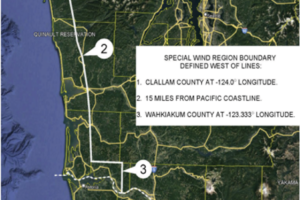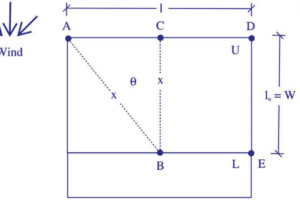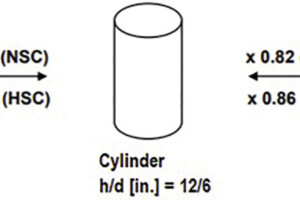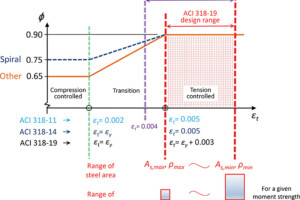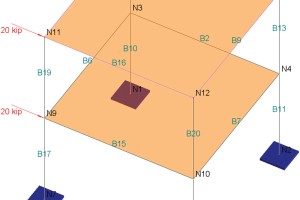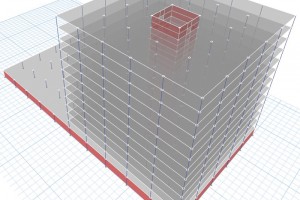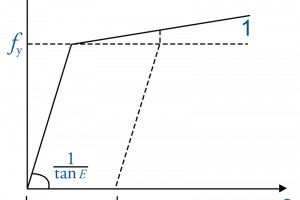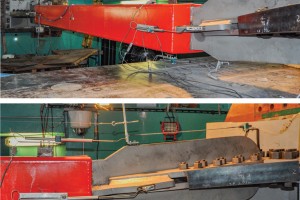By Erica Fischer and Negar Elhami Khorasani
Click here to view the article with images in the digital flipbook.
The wildland-urban interface (WUI) is where structures or other human development interfaces or intermixes with wildland vegetation. Today, many WUI communities are being threatened by fire or consumed by it. To understand how this predicament came to be with respect to wildfire impacts on communities, the policies and mitigation practices of the past must be understood. At the beginning of the 20th century, the U.S. enacted policies that stipulated fires should be put out immediately within the wildland to protect timber crops. These policies were in reaction to the Big Blowup of 1910, which consisted of over 1,700 fires across Idaho, Montana, and Washington, burning more than three million acres of federal and private land and killing at least 85 people. These fires were estimated to have destroyed about 7.5 billion board feet of timber.
…
